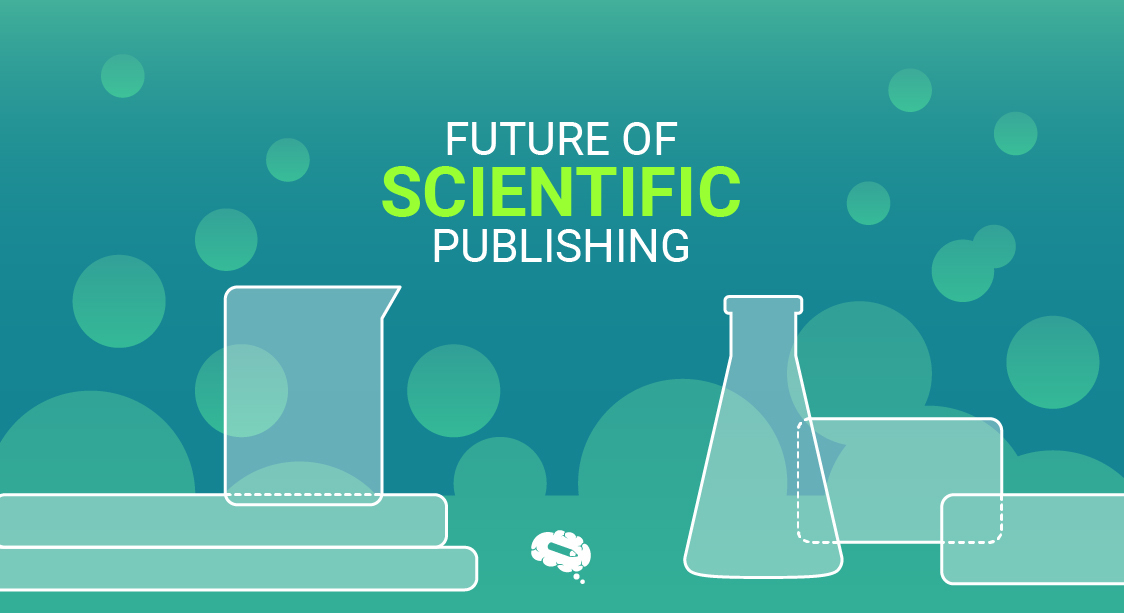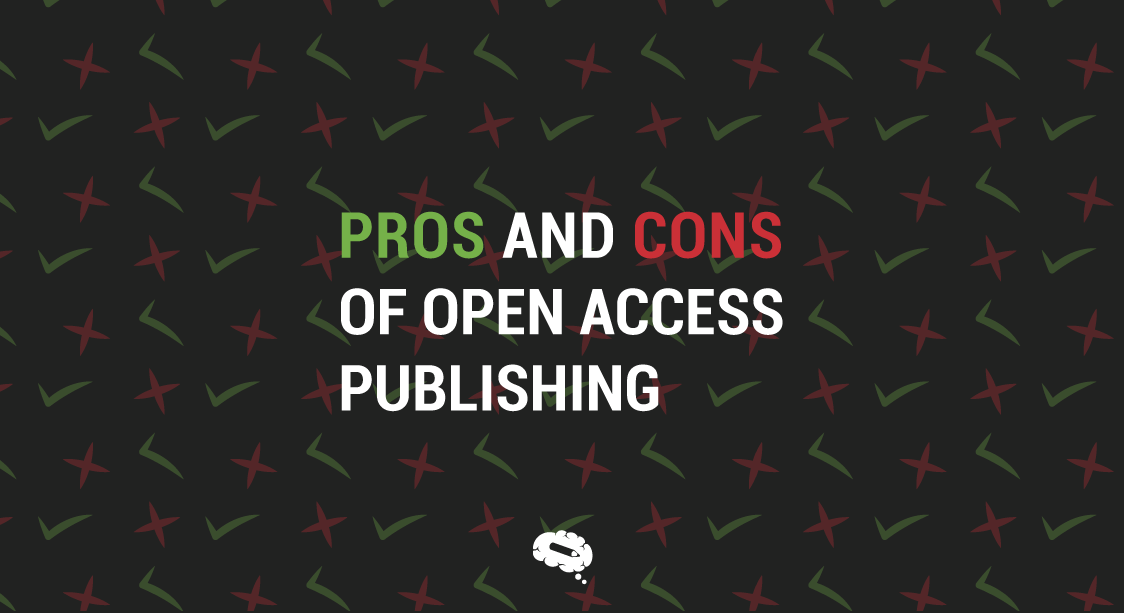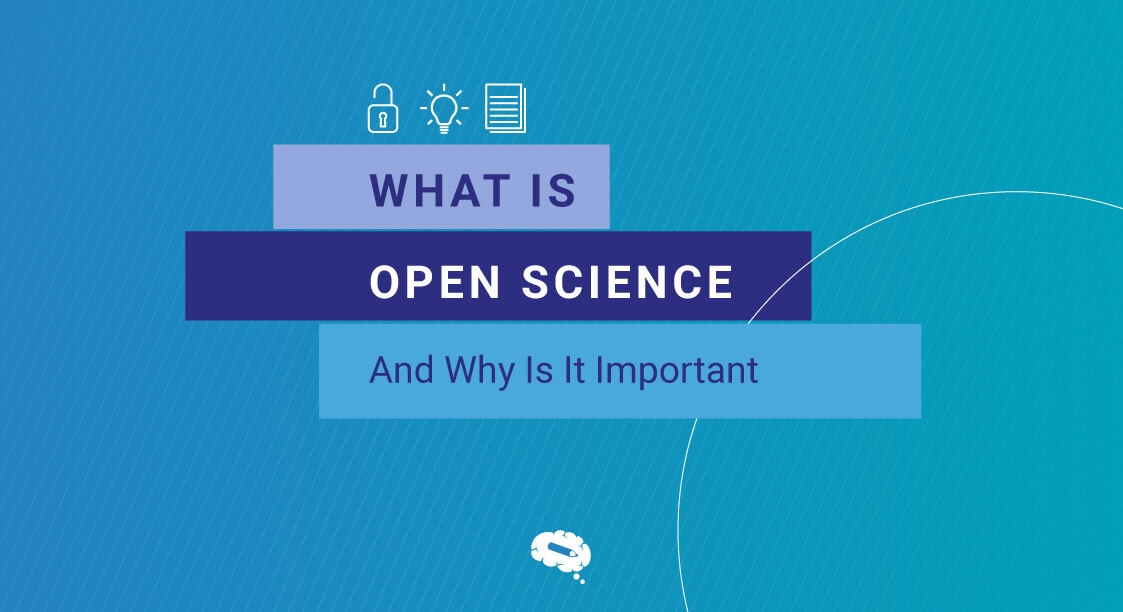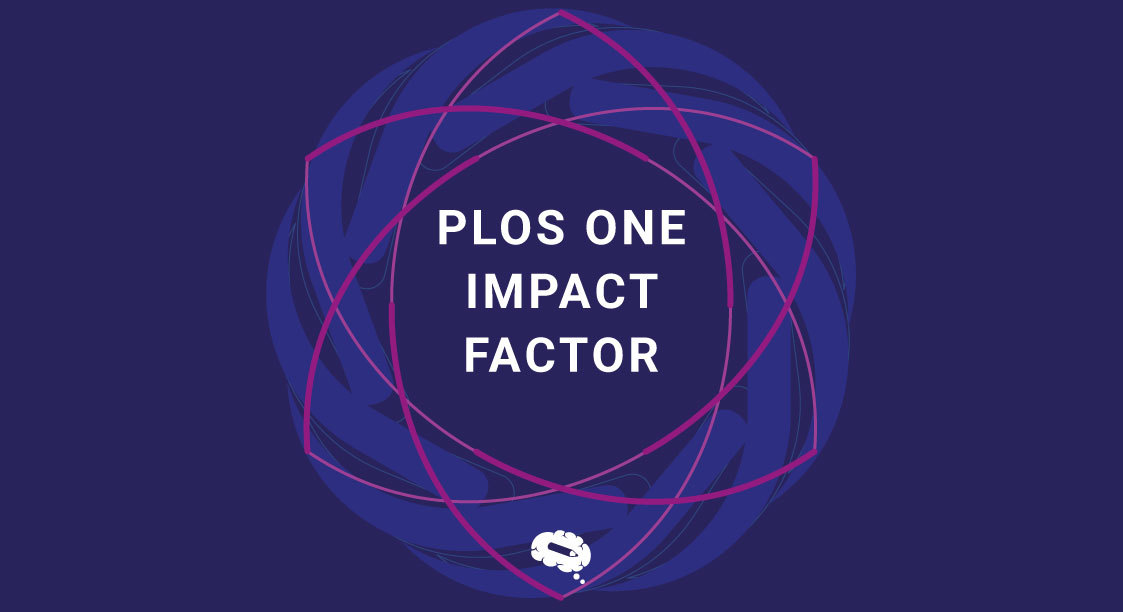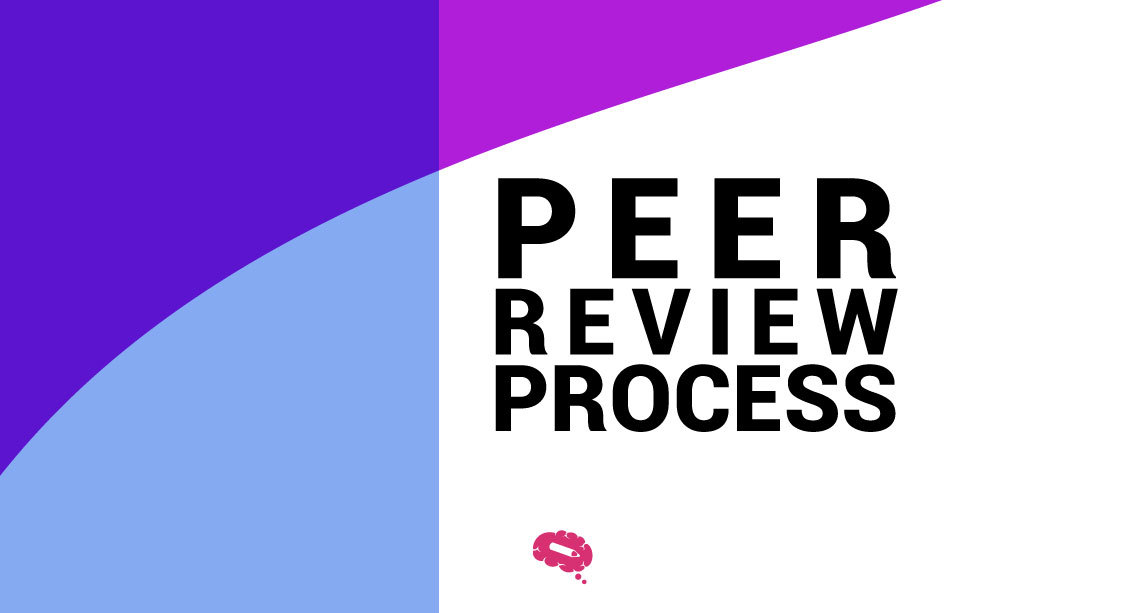The world is moving towards innovation and technological advancements happen not only in the tech field but also in every other field. This is the same for the scientific field as well. The nature of scientific publishing is changing with time.
Suppose you are someone who’s into scientific research and wants to publish your work. In that case, this article is the right place for you to start as the traditional scientific publishing practices have been modified with the future of scientific publishing. Let us understand more about the future of scientific publishing in this article so read till the end to know the nuances of it.
What Is Scientific Publishing?
Scientific publishing is the main way scientists share their discoveries with the world. Imagine it as a big library where new discoveries and studies are added all the time.
Scientists write about their work, and then other scientists check it to make sure it’s done well before it gets added to the library. This is super important because it helps everyone learn new things and make sure that the information is reliable. It’s also how scientists get recognized for their hard work, and it helps everyone figure out what to study next or how to solve big problems.
Problems With The Current Scientific Publishing Scenario
There are some problems with how things are done right now. Not everyone can access these scientific papers because they’re often behind a paywall, which means you have to pay to read them. This makes it hard for people who don’t have a lot of money or resources to get the latest information. Also, there’s a lot of pressure on scientists to come up with something totally new and exciting to get into these special libraries, which can make it hard for studies that double-check previous work to get noticed.
Related article: Pros and Cons of Open Access Publishing: Empowering Academics
Plus, the way other scientists check the work before it gets published can be slow and not always fair. So, while sharing scientific discoveries is really important, the way it’s done right now has some issues that need fixing so that everyone can benefit from the knowledge and science gets the attention it deserves.
Merits Of Current Scientific Publishing Methods
Let us see the merits that current scientific publishing methods give scientists:
Quality Stamp
Getting published in one of these journals is like getting a gold star. It means your work is really good because it passed some serious checks. This helps build the scientist’s reputation and trust in their work.
Expert Checks
The review process is thorough. Experts in the field read over the work carefully to make sure the experiments were done right and the conclusions make sense. It’s like having a team of chefs taste-test a recipe before it goes in the cookbook.
Wide Recognition
Articles published this way get a lot of respect in the science world. For a scientist, landing a paper in a top journal is a bit like winning an award. It can help with getting jobs, promotions, and funding for more research.
Demerits Of Current Scientific Publishing Methods
Pros are always accompanied by cons. The demerits that lie in current scientific publishing methods are:
Pay To Read
The biggest downside is that most people can’t read the research unless they pay or their library pays for it. This can keep important information locked away from the public, other scientists, and even students.
Slow Process
Getting research published can take a long time. There’s a lot of back and forth, and it can take months or even years before the work is out there for the world to see. This delay can slow down progress in science.
Costs For Publishing
Sometimes, scientists have to pay fees to get their work published, especially if they want it to be open access in a traditional journal. This can be a big burden, especially for researchers without a lot of funding.
The current scientific publishing is like the old-school, elite way of sharing science. It has its perks, like making sure research is top-notch before it gets the seal of approval. But, it also has some big drawbacks, mainly that it keeps a lot of knowledge locked up behind paywalls and the process can be slow and costly.
What Is Open Access Publishing?
Open Access Publishing is one of the emerging trends in the future of scientific publication that is like a library that lets everyone read its books for free, with no library card needed.
When scientists do experiments and discover new things, they write about their findings. In the open-access publishing world, these writings are shared online and anyone can read them without paying. It’s like sharing recipes in a community cookbook; everyone can see, use, and learn from them.
Benefits Of Open Access Publishing
Free For All
The biggest plus is that anyone with the internet can read the latest science stuff without paying. It’s great for students, teachers, and just about anyone curious.
Spread Knowledge Fast
Since there’s no waiting to get through a paywall, important discoveries get around quicker. This can help scientists build on each other’s work faster and even help solve big problems sooner.
More Eyes On The Work
With more people able to read the research, more ideas and feedback can flow back to the scientists. This can help improve the quality of the research over time.
Challenges Of Open Access Publishing
Costs For Scientists
Even though it’s free to read, someone has to pay to get the work published. Often, the scientists or their funders have to cover this cost, which can be pretty high.
Quality Control
Since publishing in open access can be quicker, some people worry that not all studies get checked as thoroughly as they should. It’s like if you were in a rush to share your recipe and didn’t notice you forgot to mention how much sugar to add.
Too Much Information
With so much available for free, it can be overwhelming to shift through what’s good and what’s not. It’s like trying to find the best chocolate chip cookie recipe in a pile of thousands; it takes time to find the gems.
Open Access Publishing is changing the game by making science open to everyone, breaking down the walls that keep knowledge locked up. While it’s not perfect and comes with its own set of challenges, the benefits—like spreading knowledge far and wide and making research more accessible—are huge.
Emerging Trends In Scientific Publishing
The way scientists share their discoveries is changing as the future of scientific publishing is changing at a rapid pace. Let’s talk about some new trends that are making a big difference in how we get to see and use scientific research.
Preprint Platforms
Imagine being able to read about new discoveries before they’re even officially published. That’s what preprint platforms do. Scientists can quickly share their findings with everyone, getting feedback and making their research known much faster than before. It’s like sharing a draft of their work to get early opinions.
Open Access Publishing
As we saw in the previous section, open access is like a free online library of research papers. Instead of having to pay to read about the latest discoveries, anyone can access them for free. This is great because it helps more people learn and use new knowledge without worrying about cost.
Changes In Peer Review
Peer review is when other experts check a scientist’s work to make sure it’s solid. Now, this process is becoming more open. Sometimes, everyone can see who reviewed the work and what they said. This helps make the process more transparent, showing that the research has been properly checked.
Also read: Peer Review Process: Understanding The Pathway To Publication
Sharing Data And Transparency
Now, there’s a big push for scientists to share the data from their experiments when they publish their work. This means other researchers can look at the data themselves, check the findings, or use the data for their own research. It’s all about making science more open, transparent, and trustworthy.
Collaborative Research Platforms
Thanks to the internet, scientists from all over the world can work together more easily. Some special websites and tools help them share their work and ideas, even if they’re in different countries. This makes it possible to tackle big questions by combining knowledge from different fields.
New Ways To Measure Impact
Instead of just counting how many times other researchers cite a paper, there are now new ways to see how much impact research has. This includes looking at how much it’s talked about on social media or in the news. It gives a fuller picture of how research is being used in the real world.
These trends are making science more open and connected. By sharing research freely, speeding up the publishing process, and working together across the globe, we’re making it easier for everyone to access and use scientific knowledge. This is really exciting because it means that discoveries can reach more people and have a bigger impact on our world.
Predictions For The Future Of Scientific Publishing
The landscape of scientific publishing is poised for significant evolution, driven by technological advancements, shifts in academic culture, and an increasing emphasis on openness and transparency. Here’s a more detailed exploration of what we might expect in the future of scientific publishing.
More Open Access
Expansion Of Open Access Models
The movement towards open access is expected to accelerate, with more journals adopting policies that allow free access to published research. This shift aims to dismantle barriers to information access, enabling wider dissemination and use of research findings.
Impact On Research Funding And Infrastructure
As open access becomes the norm, funding agencies and institutions may adapt their support models to cover publication fees, encouraging more researchers to publish openly. Additionally, we may see the development of new platforms and tools designed to facilitate open-access publishing, further embedding it into the research ecosystem.
Faster Publishing Through Preprints
Growth Of Preprint Platforms
The use of preprint platforms is anticipated to expand across disciplines, enabling researchers to share findings swiftly before peer review. This rapid dissemination model can accelerate the pace of scientific discovery and collaboration.
Challenges And Opportunities
With the rise of preprints, the scientific community will need to navigate challenges related to quality control and misinformation. However, this also presents an opportunity to refine peer review processes and develop new indicators of research quality and impact.
Better Peer Review
Innovations In Peer Review Processes
Future peer review may incorporate more transparent and collaborative models, such as open peer review and crowd-sourced reviews. These innovations could enhance the quality and integrity of the review process by making it more inclusive and accountable.
Technological Support
Advances in AI and machine learning could support peer review by identifying potential reviewers, detecting plagiarism, and assessing the novelty of submissions. These technologies might streamline the review process, reducing burdens on reviewers and accelerating publication timelines.
Sharing Data
Mandates For Data Sharing
Expect stronger mandates from publishers, funders, and institutions requiring researchers to share their raw data. This push towards open data aims to improve the reproducibility and transparency of research, fostering a culture of collaboration and verification.
Infrastructure And Support Systems
To facilitate data sharing, we may see the development of more sophisticated data repositories and support services, helping researchers manage, share, and archive their data in accessible formats.
New Technologies
Integration Of Ai In Publishing
AI could revolutionize scientific publishing by automating aspects of the publication process, from manuscript submission and formatting to language editing and figure generation. This integration might reduce the time and effort required to prepare and publish research.
Blockchain For Integrity And Rights Management
Blockchain technology could be employed to ensure the integrity of the scientific record and manage intellectual property rights, providing a transparent and secure method for tracking the provenance and citation of research outputs.
Collaborative Research
Enhanced Platforms For Global Collaboration
The future will likely bring more sophisticated online platforms that enable seamless collaboration across borders and disciplines. These platforms could support large-scale, multi-institutional projects, breaking down silos and fostering innovation through diversity.
More Diverse Voices
Inclusivity In Publishing
Efforts to include more diverse voices in scientific publishing will intensify, addressing geographic, gender, and disciplinary imbalances. This could involve targeted outreach, support for researchers from underrepresented regions, and policies that promote diversity and equity in authorship and editorial positions.
New Ways To Measure Success
As the impact of research broadens, so too will the metrics used to measure success. Altmetrics and other indicators will provide a more nuanced understanding of how research influences academia, policy, and public discourse, recognizing a wider array of contributions to society.
Focus On Reproducibility
Publishers and funders will increasingly prioritize reproducibility, with implications for how research is conducted, reported, and published. This might include requirements for detailed methodological transparency and the use of registered reports to pre-validate research designs.
Ethical Considerations
As publishing models evolve, so too will ethical considerations, encompassing issues of data privacy, consent in AI-driven research, and the equitable distribution of knowledge. Publishers, researchers, and regulators will need to collaborate closely to navigate these complex ethical landscapes.
Conclusion
A trajectory towards greater openness, collaboration, and technological integration marks the future of scientific publishing. These changes promise to enhance the accessibility, efficiency, and reliability of scientific communication, though they also pose challenges that the academic community will need to address collectively. As we move forward, the evolution of publishing practices will continue to reflect broader shifts in the values and priorities of the scientific ecosystem.
Online Scientific Design Tool For Your Classes, Speeches, Papers, And Much More!
Whether you are a researcher or a scientist, you can elevate your classes, speeches, papers and much more with a simple scientific design tool, that too created by scientists themselves. Mind the Graph is a tool that has a gallery of scientific visuals that are ready to use. Oh yes! You can also get personalized infographics that match your needs. So what’s the wait? Sign Up now to Mind the Graph and explore more.

Subscribe to our newsletter
Exclusive high quality content about effective visual
communication in science.

